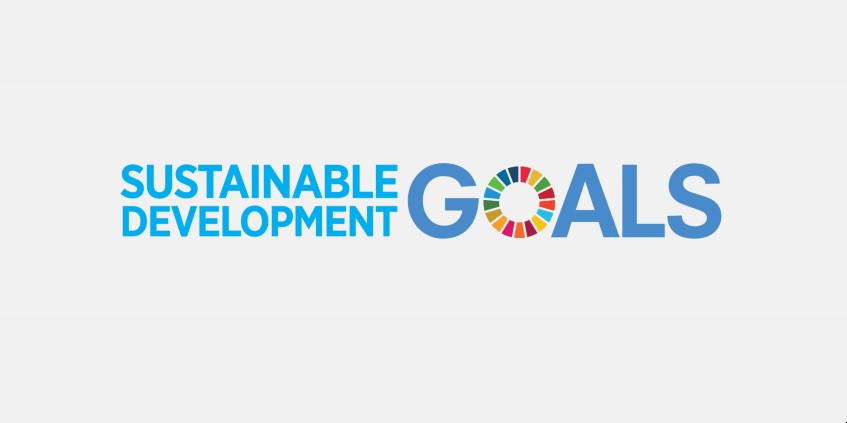

Health is a priority of the 2030 Sustainable Development Goals (SDGs) as reflected by the comprehensive health goal of SDG 3: "Ensure healthy lives and promote well-being for all at all ages”.
The current Covid-19 pandemic is testing the response and resilience of health systems worldwide, including well-resourced systems in Europe and North America, where health institutions and public health agencies are operating beyond capacity, diagnostics are lacking, triage systems are faltering, personal protective equipment are insufficient, and front-line health workers are facing risks of disease and death.
The effects Covid-19 are even worse in low- and middle-income countries given the already fragile health systems.
Building responsive and resilient health systems is imperative for the global health community.
A resilient health system can absorb the shock of an emergency while continuing to provide regular health services.
Most frameworks for building resilient health systems that effectively respond to disease outbreaks focus on enhancing preparedness or response capacity prior to an emergency or strengthening health systems after the emergency, typically during the recovery phase.
There exist several strategies for strengthening health system resilience or a resilient response to a shock.
These strategies often overlap across the various stages of the shock cycle, and across multiple health system functions.
Which techniques should be followed depends on the specific country context, the stage of the shock cycle, and the type and severity of the shock. Below are some of the essentials
1. Effective and participatory leadership with a strong vision and communication demonstrates the crucial role of preventing, detecting or effectively addressing a public health threat, with the greatest beneficiary being the whole of society, including the economy, transport, tourism and trade sectors.
2. Coordination of activities across government and key stakeholders involves ensuring effective collaboration across sectors, different levels of government, and between government and non-government stakeholders.
3. An organizational learning culture responsive to crises allows learning and adaptation, builds resilience and facilitate timely use of evidence. This is vital for learning from successes and failures to ensure more effective responses during a shock and in the future.
4. Effective information systems drive the decision-making throughout any policy process. Sharing critical information with stakeholders is vital and may well be part of the planning needed when policy response is being prepared.
5. Surveillance enables timely detection of shocks and their impact - Surveillance systems need to have the ability to detect, verify and track events in real-time or as soon as possible. Moreover, they need to ensure that data reaches all relevant stakeholders and can be rapidly transformed into useful information for decision-making.
6. Ensuring the stability of health system funding through countercyclical health financing mechanisms and reserves - health financing mechanisms must be impervious to any effects of shocks, to accumulate reserves within a health system, or to create automatic stabilizers that spring into action in the presence of a shock. This will further ensure that there are sufficient monetary resources in the system and flexibility to reallocate and inject extra funds.
7. Comprehensive health coverage gives the best chance for health care activities to be maintained in the presence of many shocks.
8. Appropriate level and distribution of human and physical resources requires appropriate staffing levels for doctors, nurses and other health care personnel in terms of workforce. For infrastructure, this not only means that there are enough hospitals and hospital beds, but that infrastructure allows services (emergency, primary and specialist care) to be delivered in the appropriate setting.
9. Ability to increase capacity to cope with a sudden surge in demand includes asking health professionals to work extra hours, including moving from part-time to full-time work, modifying work schedules, and cancelling leaves of absence.
10. Motivated and well-supported workforce allows adaptability in response to any shock. In terms of effective human resource management and conditions, well-motivated and supported staff are more likely to temporarily take on extra burdens to see the system through a transition.
11. Alternative and flexible approaches to deliver care - With a shock, the balance between supply and demand gets disrupted, requiring better management of resources to meet the needs.
Building a resilient health system is a monumental challenge. It encompasses layers of complexity, as these systems must establish links from national governments to households, from the public to the private health sector, and actively engage the non-health sector. Ultimately, resilience resides in the community, and requires a multisectoral commitment to develop and execute a unified response plan. In the face of shocks, the resilient health system must plan and coordinate, engage the right actors, and reach consensus on how to move forward executing that plan while reflecting and adapting along the way.
The writer is a Senior Manager
- Government and Public Sector Services at PwC Rwanda
The views expressed in this article are of the writer.


